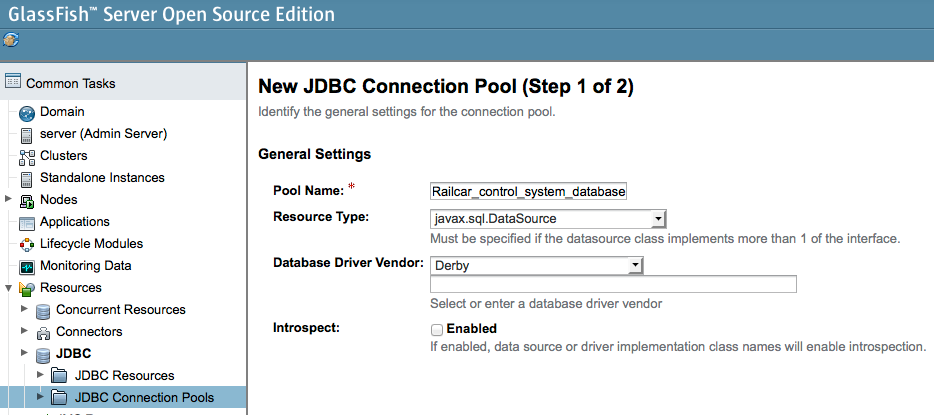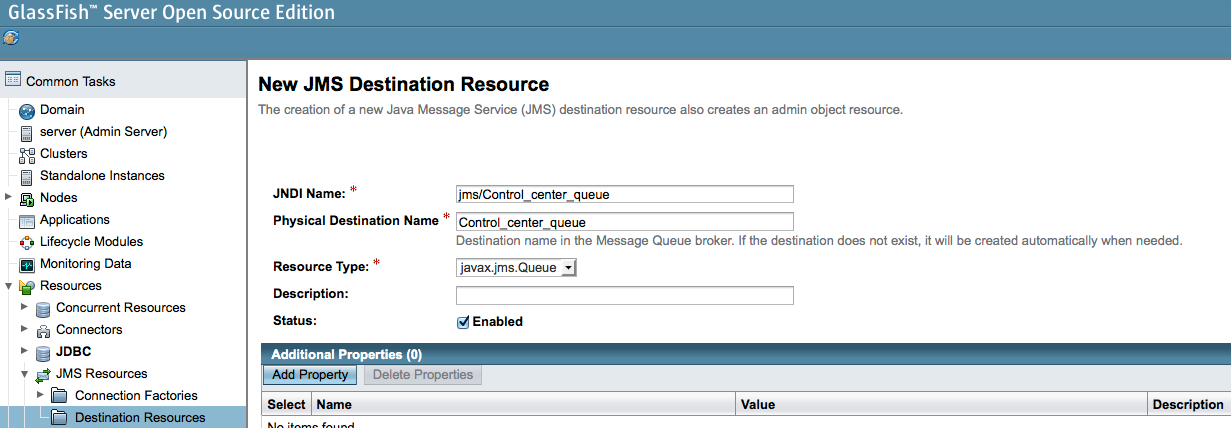
 |
Railcar control system
|
© Franck.Barbier@FranckBarbier.com |
Railcar control system is a software case study, which is implemented in State Chart XML -SCXML- ☛ and PauWare. PauWare is a Java engine for executing Harel Statecharts ☛ in general. This case study is inspired by the following paper: “Executable Object Modeling with Statecharts” ☛. Railcar control system is a Java Enterprise Edition -Java EE- application i.e., state machines are embedded in Stateful Session Enterprise JavaBeans -EJBs-
After downloading the source code, the link to the PauWare software (and possibly other libraries) may be broken. In order to successfully run the Apache NetBeans project, please (re-)link the appropriate JAR files (Java SE:
PauWare_Java_EEApache NetBeans project orPauWare_Java_EE.jardirectly versus Java ME:PauWare_Java_MEApache NetBeans project orPauWare_Java_ME.jardirectly) to the project as follows: in Apache NetBeans, project's right click->Properties->Libraries->ADD Project...or->Properties->Libraries->ADD JAR/FolderThe Railcar control system database must be configured and accessible from a Java EE application server (GlassFish in Apache NetBeans). The name of the data source must be set to
jdbc/Railcar_control_systemwithin the serverDatabase SQL scripts
How to proceed in Apache NetBeans with GlassFish and Java DB?
- First create the database in Apache NetBeans (Services tab.)

- Next connect to the database in order to execute the Railcar control system database SQL script

- Next create in GlassFish a “JDBC connection pool” (1st step)

- 2nd step (ping the pool to test its accessibility)

- Next create in GlassFish a “JDBC resource”

Java Message Service -JMS- resources
The server-side app. requires JMS resources on the GlassFish server
- First create a JMS queue factory named
jms/Control_center_queue_factory

- Next create a JMS queue named
jms/Control_center_queue

This client-side app. is an Enterprise Application Client, which performs a test (look at
mainprogram)
- First run (or deploy)
Railcar_control_system_Java_EE_server- Next run
Railcar_control_system_simple_test- Check the new state of the database (running again this app. requires to reset the data in the database, look at
mainprogram for instructions)Running the application with
Railcar_control_system_clientThis client-side app. is a common Java SE application, which required enhanced adjustments in Apache NetBeans.
- Re-link the
Railcar_control_system_clientApache NetBeans project to local libraries:
- Java EE from Glassfish (this library may be easily found by clicking on the
Add library...button)appserv-rt.jar(it is normally located in<GlassFish installation directory>/glassfish/lib)- Next run (or deploy)
Railcar_control_system_Java_EE_server- Next run
Railcar_control_system_client- In case of success (I hope so!), you are now able to watch the user interface as shown above.